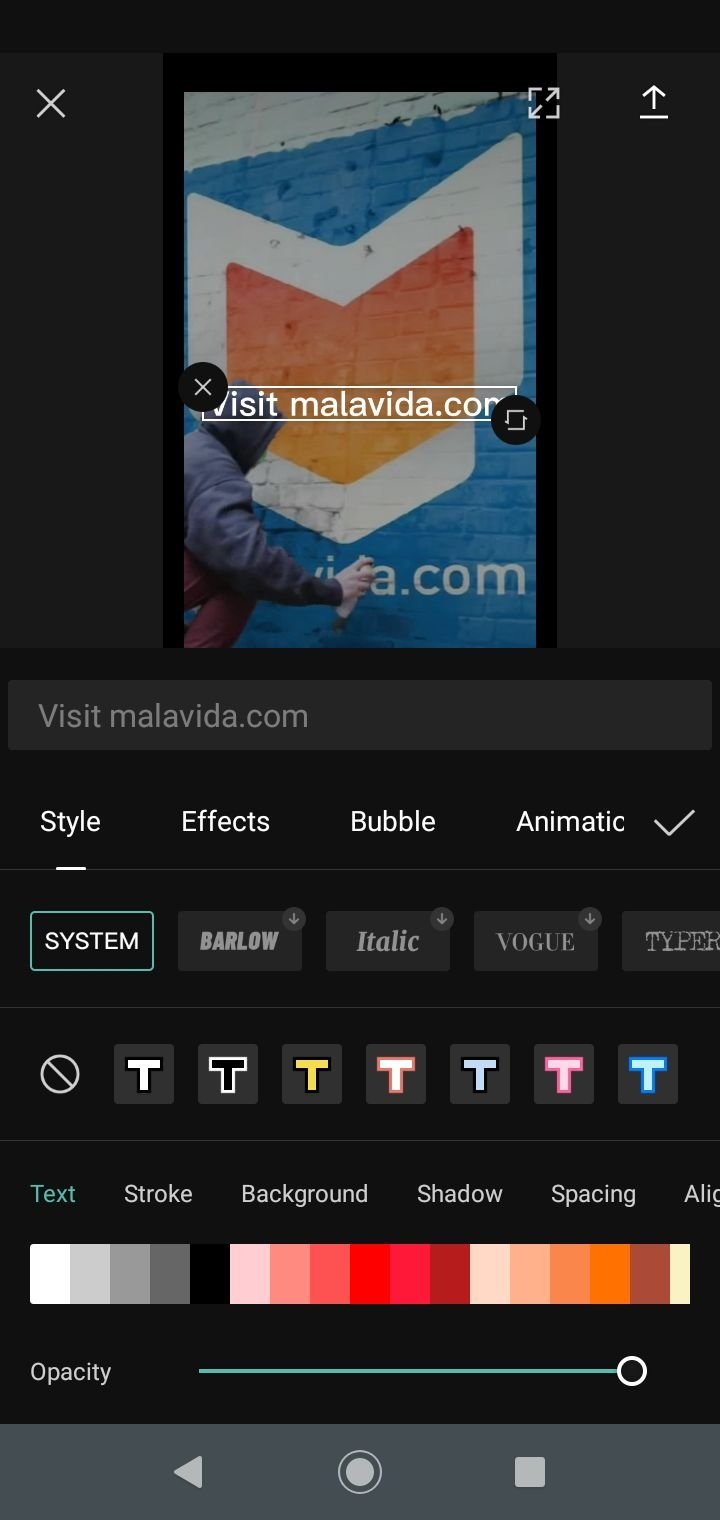
‘Themes’ and ‘styles’ are often used almost interchangeably in Android tutorials. This saves you time and reduces the chances of human error. In Android, ‘themes’ are an easy way to apply consistent formatting to your user interface (UI.) Defining a theme in advance not only saves you coding time in the long run, but it means that if you ever need to make UI adjustments, you only need to touch the code in one location.

Learn Mobile Development and Start your Free Trial today! Intro to Themes If(username.getText().toString().equals("admin") & password.getText().toString().In this tutorial, I’ll provide a brief intro into the concept of themes in Android, before showing you how to put themes to work by creating a project where the user can change the app’s theme dynamically at runtime, simply by clicking a button. In the java file, inside the method of onClick get the username and passwords text using getText() and toString() method and match it with the text using equals() function.ĮditText username = (EditText)findViewById(R.id.editText1) ĮditText password = (EditText)findViewById(R.id.editText2) After that define the function mentioned in the onClick property in the java file. Its syntax is given below −ĭefine a button with login text and set its onClick Property. The password TextView must have inputType set to password. This chapter explains, how to create a login screen and how to manage security when false attempts are made.įirst you have to define two TextView asking username and password of the user.

You might have seen it when logging into facebook,twitter e.t.c A login application is the screen asking your credentials to login to some particular application.


 0 kommentar(er)
0 kommentar(er)
